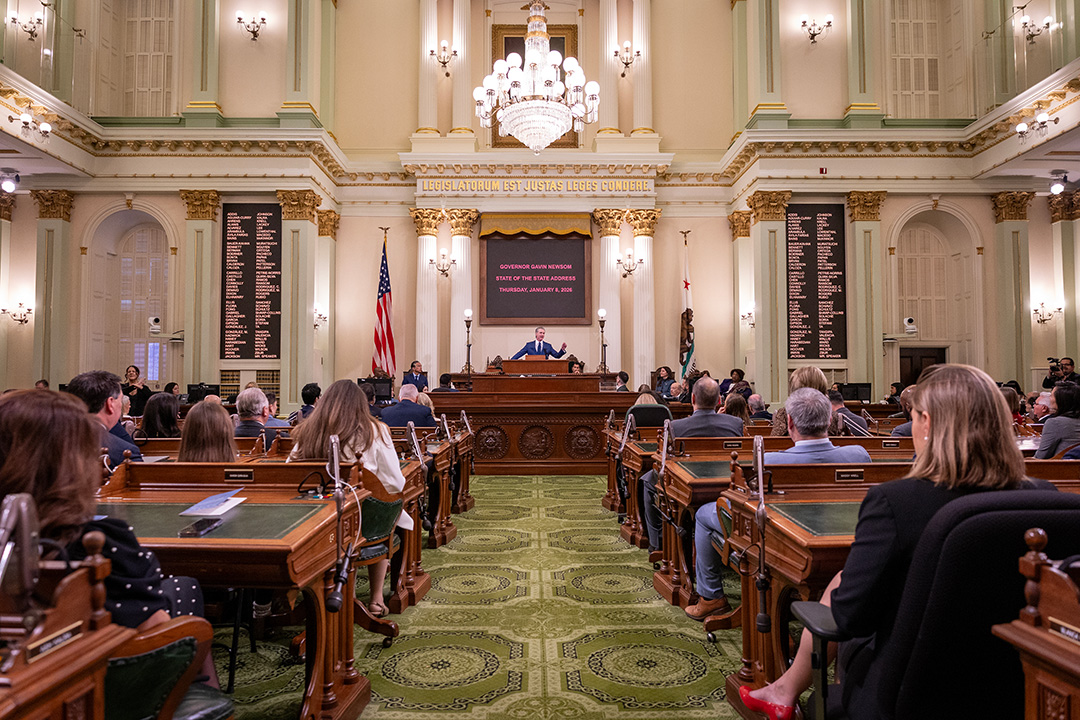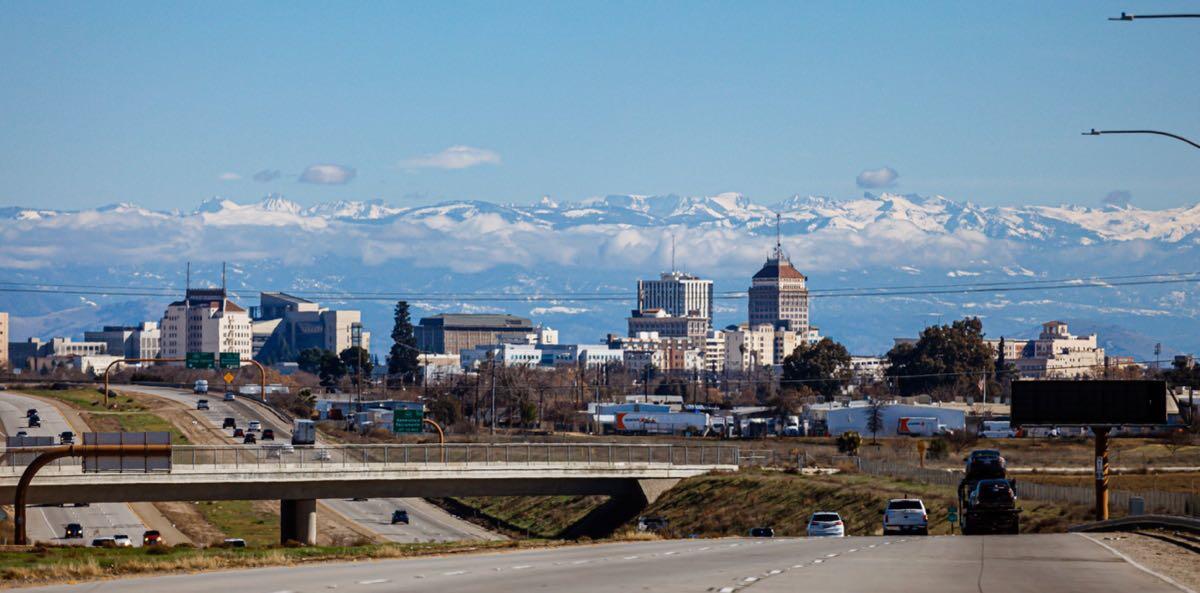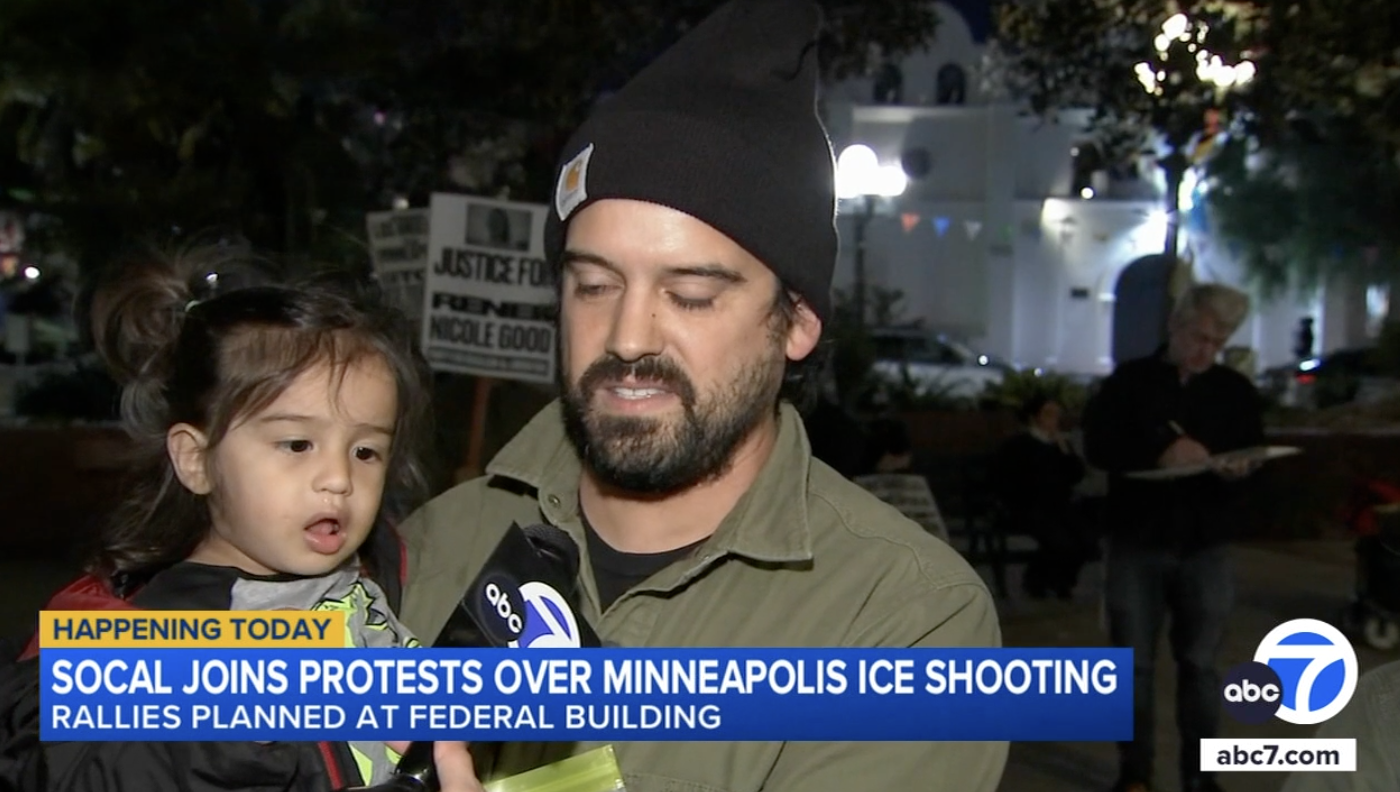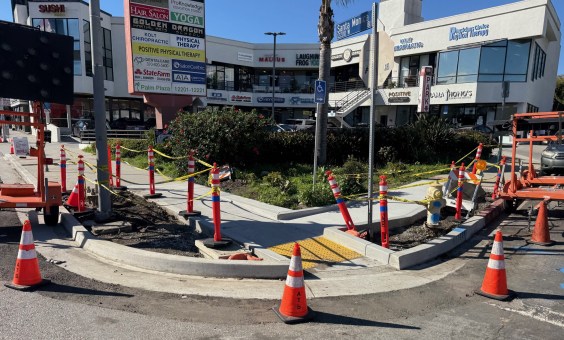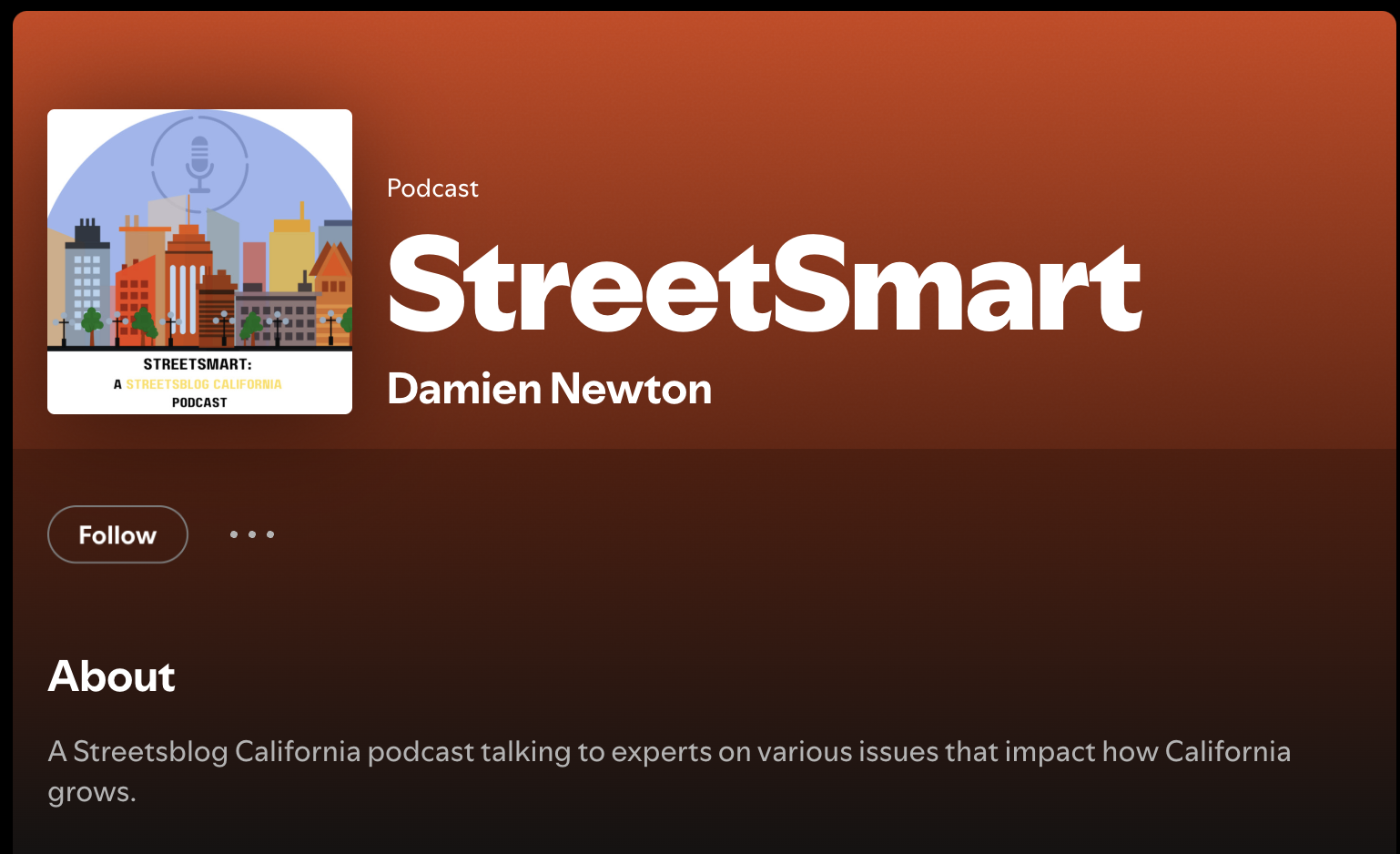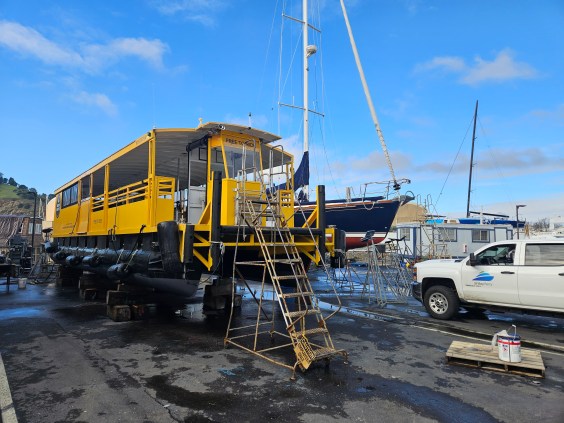StreetSmart launched its fall session with guest Melanie Curry, former editor of Streetsblog California. Host Damien Newton welcomed Curry back for her first official appearance since retiring in January, noting her long history covering statewide transportation, housing, and climate policy.
Curry discussed her recent article for the California Planning and Development Report on Sacramento’s attempt to use an Enhanced Infrastructure Financing District (EIFD) to revitalize its downtown. The financing tool, designed to help cities fund projects like affordable housing and transit-oriented development without raising taxes, has struggled to gain traction statewide. Sacramento’s effort to launch a district around its downtown railyards hit obstacles due to political disagreements and questions about long-term revenue streams.
The conversation touched on the challenges California cities face in implementing innovative financing tools, especially as they work to balance growth, housing affordability, and climate goals. Curry explained why EIFDs, despite being on the books for nearly a decade, remain underutilized and how Sacramento’s struggles illustrate broader statewide trends.
A lightly edited transcript can be found below.
Transcript:
Damien Newton
Okay, welcome to the Street Smart Podcast. We are kicking off our fall session. I was joking with my wife beforehand that I was going to open this by saying, “Welcome to SGV Connect 140, our legislative wrap-up with Streetsblog California editor, Melanie Curry.”
Because Melanie is our guest, and I usually do that podcast this time of year. But for the first time in six or seven years, I’m with Streetsblog California. Melanie is here to help us pivot our coverage from the legislature into more local coverage that has statewide implications.
Although, I’ll be honest, next week’s Street Smart is going to be about the legislature again, with Zach Deutsch-Gross from Transform, their new executive director. He’ll also share what’s new at Transform. But first—welcome back, Melanie. This is your first official Streetsblog appearance, if we don’t count the “Melanie C. from Berkeley” article from the summer.
Melanie Curry
Woohoo! Nice to be back.
Damien
So for Streetsblog listeners who are excited to hear about what’s going on with Melanie—we’ll get to that at the end of the podcast. First, policy. Melanie is here because she recently wrote an article for the California Planning and Development Report about Sacramento’s financing district that hit a snag. We haven’t covered it yet, so I thought she could tell us what’s going on, what the project is, and why it’s important.
Melanie
Cool. The Sacramento Railyards project has been going on for years. There’s a very large parcel just north of the Sacramento rail station, which is also north of downtown, that had a lot of old brick buildings—former shops and the like. For years, people have looked at it and said, “This would be really cool.”
But, it was basically abandoned. Development has been slowly happening, but they’re still searching for ways to fund it. Some pieces have moved forward, but they haven’t found all the funding yet.
That’s why they’re considering what’s called an EIFD—an Enhanced Infrastructure Financing District. It means they can use future tax money from the development to pay now for the infrastructure needed to make it happen. Complicated, I know, but it’s used in other parts of the world.
California allowed it a little after 2008. The idea is: when the project is built out, the future tax revenue can be used to reimburse upfront costs. Right now, they’re planning anywhere between six and ten thousand dwelling units—so lots of housing.
They’re also planning retail, offices, flexible mixed use, a big Kaiser medical campus, hotels, a music venue, cultural facilities, open space, and a soccer stadium.
Originally, they hoped to include the Kings arena in the project—but that’s already been built nearby. So the soccer stadium would mean two stadiums close together. Their vision is essentially to double the size of downtown Sacramento.
Again, EIFD stands for Enhanced Infrastructure Financing District, which lets them use extra tax revenue from development and borrow against it now to pay for infrastructure like roads and clean-up.
Damien
So the difference between this and a traditional bond is: usually a bond is tied to a specific tax—like a half-cent sales tax. Here, the financing is against revenue produced by the projects themselves.
Melanie
Exactly. And I don’t know if there’s always a bond involved—it’s more like borrowing against future tax income. At first, the city of Sacramento would carry a debt load, but estimates show that at build-out, they’d be making much more from new tax revenue.
They hit a snag, though. The project is definitely still moving forward—they’re already on their second developer after the first went bankrupt—but the financing expansion ran into trouble.
They already had a small EIFD covering the soccer stadium site. They decided to expand it to cover the entire 220-acre Railyards project. But housing has already been built there, and under EIFD rules, if half the residents object, the expansion can’t proceed.
Residents did object. They want more affordable housing. One project is 100% affordable, but overall build-out only guarantees about 6% affordable. That disagreement sank the EIFD expansion.
So the city has to go back to the drawing board. Councilmember Phil Pluckebaum didn’t get back to me on what’s next.
Damien
For anyone interested, the city has posted all three of its EIFD projects—including the stadium, the Railyards, and Aggie Square—on one page. I’ll link to it in the text that accompanies this podcast.
EIFDs seem to be catching on in some places, though not everywhere. Do you think the state will embrace them more widely, or will they stay a niche tool?
Melanie
Good question. There are about 34 EIFDs statewide, with more being planned. But they’re complicated to set up. Unlike redevelopment, you don’t automatically get money. And approval can be stopped if residents object.
They also can’t be used the way redevelopment was, like declaring an area “blighted” and clearing it. Restrictions exist. Still, in areas like the Railyards, which were cleared decades ago, they can work.
Developers want to know if they can rely on EIFDs to cover infrastructure costs. The mechanism has worked well in places like Hong Kong, but California is still getting used to it.
And just to clarify—it was 2014 when the state authorized EIFDs with SB 628. Then in 2019, they made it possible to bond without a public vote.
No link to that one in the podcast text—you’ll have to Google it.
Melanie
They are trying to make the process easier, since it’s a way to fund infrastructure.
Damien
Yeah, especially since federal money isn’t coming to California like it did two years ago.
Anyway, Sacramento’s EIFD is confusing because the soccer stadium project was one EIFD, and the Railyards expansion would be a second, separate process. Other cities seem to be taking smaller steps. Sacramento, by contrast, sees this as a big driver.
Melanie
Yes, and if Sacramento can eventually expand this, it could be one of the largest EIFDs in the state. The Railyards project itself is a huge infill development—possibly the biggest.
Damien
All right. Did I miss a question I should have asked? Anything about EIFDs you want to add?
Melanie
No, just that they’re confusing.
But I’ll add: places like Hong Kong used them very effectively for development around transit stations. That’s exactly the kind of thing California should be doing.
Damien
I was wondering if this might be the subject of a Scott Wiener bill next year—making EIFDs easier around transit-oriented development.
Melanie
They’ve already passed two bills to improve the process, but more work is needed. These things take time.
Damien
It just feels like the kind of wonky but impactful issue Scott Wiener would love.
Melanie
Yep, definitely.
Damien
All right, before we wrap—Melanie, how’s retirement?
Melanie
It is great.
Damien
Tell us about a fun bike ride or trip.
Melanie
I’m going to talk about transit! I’ve been taking the bus all over the Bay Area because I finally have time. It’s been so fun.
I know some people roll their eyes, but I love the bus. You never know who you’ll meet, you can make connections, and it makes me feel free in a way I never did when I was working at Streetsblog and tied to my computer.
Also—I don’t read the news much anymore. Keeps my brain safe.
Damien
Thanks, Melanie. For our listeners, we’ll try to have her back on the podcast in the coming months.
Melanie
Most excellent.

